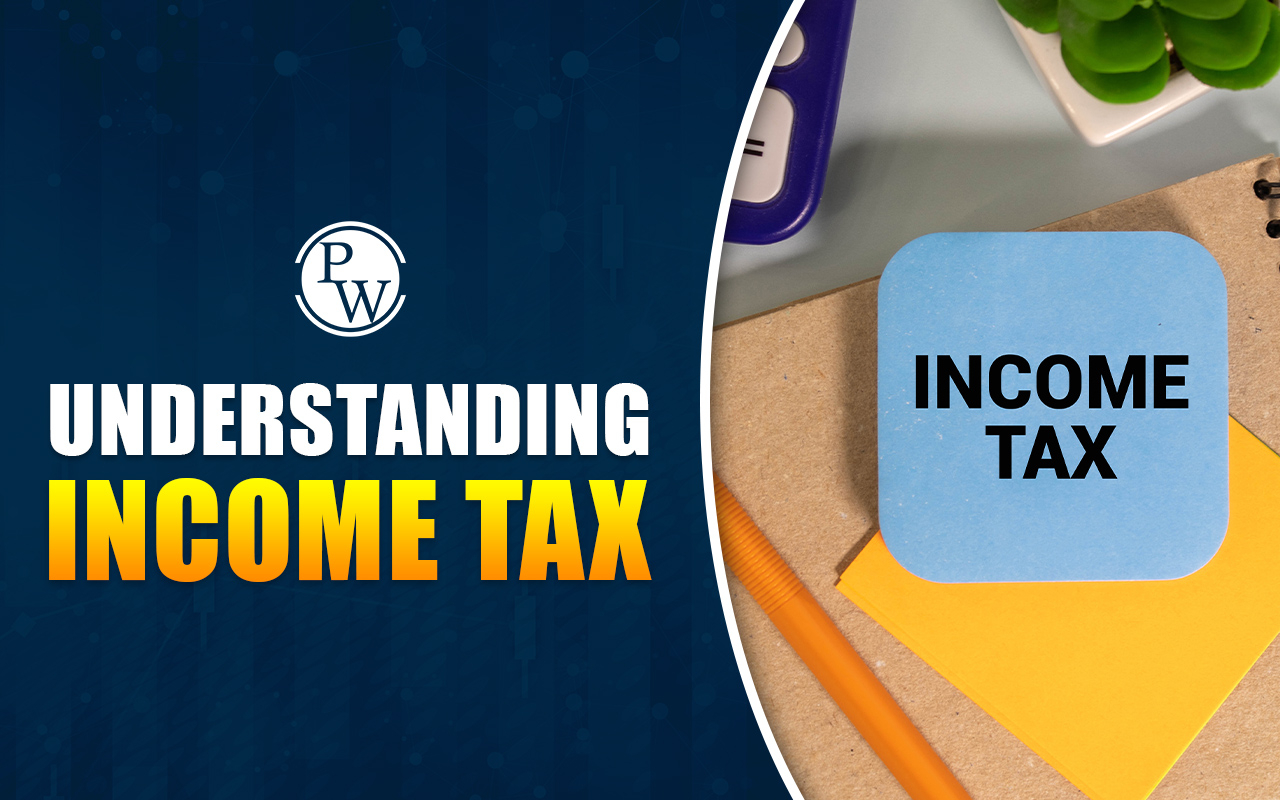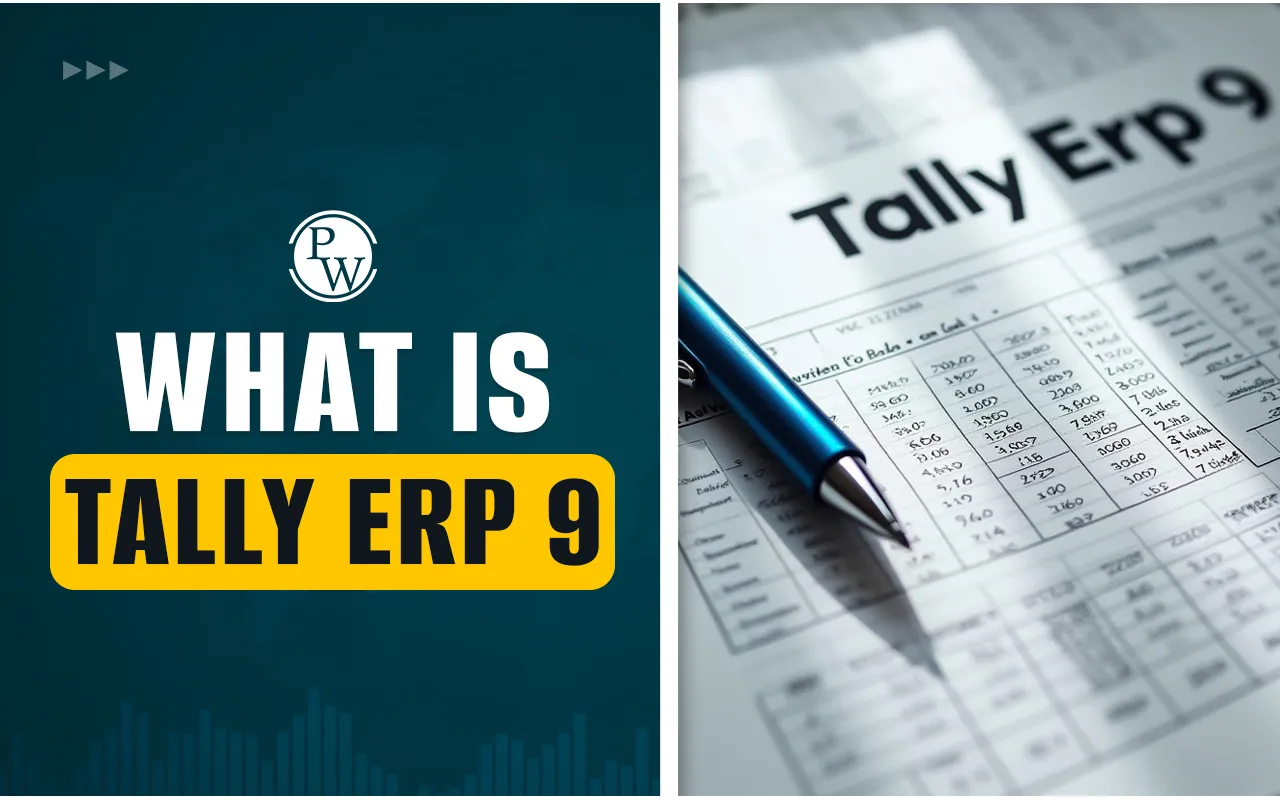
Accounting Equation: How does the accounting equation keep financial records accurate? The accounting equation is the foundation of financial accounting, ensuring every transaction is recorded correctly. It follows the basic accounting equation: Assets = Liabilities + Owner’s Equity, meaning a company's resources always balance its obligations and ownership.
This principle is essential in the double-entry system, where each transaction affects at least two accounts. Understanding what the accounting equation helps businesses track financial health, maintain accurate records, and prepare reliable statements.
The accounting equation definition highlights its role in financial reporting, ensuring transparency. In this guide, we’ll explore the accounting formula with examples, its components, advantages, disadvantages, and who uses it.
What Is the Accounting Equation?
The accounting equation is defined as Assets = Liabilities + Owner’s Equity. It ensures that a company’s financial records stay balanced, forming the foundation of the double-entry bookkeeping system. Every transaction affects at least two accounts, maintaining accuracy in financial statements.
For example, if a business takes a loan of ₹50,000, its assets (cash) and liabilities (loan) both increase by ₹50,000, keeping the accounting formula balanced. Similarly, if an owner invests ₹20,000, assets (cash) and owner’s equity both rise. This equation helps track financial health and ensures accurate reporting on balance sheets.
Important Components of the Accounting Equation
The accounting equation consists of three main components: Assets, Liabilities, and Owner’s Equity. These elements ensure that a company’s financial records remain balanced, following the double-entry system. Let’s understand each component of the accounting equation in detail:
1. Assets – What a Business Owns
Assets are resources that a company owns or controls, which hold financial value. These can be used to generate income or settle debts.
Examples of assets:
-
Cash and cash equivalents – Funds available in hand or stored in bank accounts.
-
Accounts receivable – Payments due from customers.
-
Inventory – Products ready for sale.
-
Equipment and machinery – Tools used for production.
-
Buildings or property – Office spaces, warehouses, etc.
For instance, if a company owns a warehouse worth ₹10 lakh, it is recorded as an asset in the balance sheet.
2. Liabilities – What a Business Owes
Liabilities are obligations or debts that a company must pay in the future. They may be classified as short-term or long-term.
Examples of liabilities:
-
Loans and mortgages – Borrowed money to finance operations.
-
Accounts payable – Payments due to suppliers or vendors.
-
Salaries and wages payable – Employee payments yet to be disbursed.
-
Taxes payable – Outstanding tax obligations.
For instance, if a company takes a ₹5 lakh loan, it increases both cash (asset) and loan payable (liability) in the books.
3. Owner’s Equity – The Owner’s Stake in the Business
Owner’s equity represents the residual interest in a company after subtracting liabilities from assets. It shows the owner's or shareholders' claim over the company’s net assets.
Examples of equity:
-
Capital invested by owners – Initial or additional investment in the business.
-
Retained earnings – Profits kept in the business rather than distributed.
-
Shareholder investments – Money raised by selling shares.
For instance, if a business has ₹15 lakh in assets and ₹10 lakh in liabilities, the owner’s equity is ₹5 lakh (Assets - Liabilities).
Moreover, the components of the accounting equation ensure that financial statements remain balanced. If a business buys ₹2 lakh worth of equipment using cash, the asset category remains unchanged (equipment increases, cash decreases). If the same purchase is made on credit, assets and liabilities both increase by ₹2 lakh.
Maintaining this balance is essential for precise financial reporting, establishing the accounting equation as a fundamental aspect of business accounting.
Read More - Account Manager Job Description
Accounting Equation Formula with Examples
The accounting equation is the foundation of financial accounting, ensuring that a company's assets are always balanced with its liabilities and owner’s equity.
Accounting Equation Formula
The basic accounting equation is:
Assets = Liabilities + Owner’s Equity
This formula helps businesses track their financial position and ensure accurate record-keeping.
How to Calculate the Accounting Equation?
To calculate the accounting formula, follow these steps:
Step 1: Identify the total assets from the balance sheet.
Step 2: List and total all liabilities separately.
Step 3: Find the total owner’s equity or shareholder’s equity.
Step 4: Add liabilities and equity together—this should match total assets.
Example Calculation:
|
Accounting Equation Example |
|
|
Components |
Amount (INR) |
|
Total Assets |
₹190 crore |
|
Total Liabilities |
₹130 crore |
|
Total Equity |
₹60 crore |
Using the formula:
Liabilities + Equity = 130 + 60 = 190 crore
Since total assets also equal 190 crore, the accounting equation is balanced.
Real-Life Examples of the Accounting Equation
Example 1: Retail Company’s Balance Sheet
A retailer reports:
-
Total assets: ₹170 billion
-
Total liabilities: ₹120 billion
-
Total shareholder’s equity: ₹50 billion
Applying the basic accounting equation:
₹120 billion (liabilities) + ₹50 billion (equity) = ₹170 billion (assets)
This confirms the equation is balanced.
Example 2: Buying Equipment with Cash
A company purchases a manufacturing machine worth ₹5 lakh using cash. The impact on the accounting equation is:
-
Assets decrease (cash): -₹5 lakh
-
Assets increase (equipment): +₹5 lakh
Since one asset replaces another, total assets remain unchanged, keeping the equation balanced.
The accounting equation ensures all financial activities are correctly recorded, helping businesses maintain accurate financial statements.
Understanding Double-Entry Accounting
The double-entry accounting system ensures every financial transaction affects at least two accounts, keeping records accurate and balanced. Each transaction has a debit (increase in assets or expenses) and a credit (increase in liabilities or income), maintaining the accounting equation (Assets = Liabilities + Owner’s Equity).
For example, if a business takes a ₹10,000 loan, it records:
- Debit (Asset): ₹10,000 added to Cash
-
Credit (Liability): ₹10,000 added to Loan Payable
This method helps detect errors, prevent fraud, and ensure financial transparency.
Advantages and Disadvantages of Accounting Equation
The accounting equation is a fundamental concept in financial accounting that ensures a company’s records remain balanced. It reflects the relationship between assets, liabilities, and equity, helping businesses maintain accurate financial records. While it is crucial for financial reporting, it also has certain limitations.
Below are the main advantages and disadvantages of the accounting equation:
Advantages of Accounting Equation
The accounting equation ensures accurate financial record-keeping for businesses. Here are some of the main advantages of the accounting equation:
- Foundation of Double-Entry Bookkeeping: Ensures every transaction is recorded in at least two accounts, reducing errors and improving accuracy.
-
Clear Financial Structure: Shows the relationship between a company’s assets, liabilities, and equity, making financial analysis easier.
-
Accuracy in Financial Reporting: Helps maintain balanced records, ensuring reliability in financial statements.
-
Aids Decision-Making: Provides insights into a company’s financial position, supporting better business strategies.
-
Measures Profitability: Helps track financial performance by comparing assets and liabilities over time.
Disadvantages of Accounting Equation
Despite its benefits, the accounting equation has some limitations:
- Limited to Monetary Transactions: Does not consider non-financial factors like employee morale or market conditions.
-
Relies on Estimates: Asset valuation, depreciation, and other financial figures may be based on estimates, affecting accuracy.
-
Doesn’t Show Business Operations: It only provides a snapshot of financial position, without explaining revenue, expenses, or cash flow.
-
Doesn’t Assess Risk: The equation does not indicate financial risks, such as bad debts or asset depreciation.
-
Can Be Manipulated: Accounting practices can influence the equation, potentially leading to misleading financial reports.
While the accounting equation is crucial for financial accuracy, it should be used alongside other financial tools for a complete business analysis.
Read More - Accounts Payable Interview Questions with Answers
Who Uses the Accounting Equation?
The accounting equation is a fundamental tool used by professionals to track financial transactions and ensure accuracy in financial statements. It helps businesses, investors, and financial analysts understand a company’s financial position.
- Accountants – They rely on the accounting equation to verify financial records and ensure the balance sheet stays accurate.
-
Financial Teams – Professionals managing a company’s finances use it to analyze financial health and make strategic decisions.
-
Business Owners – Small business owners and managers use it to monitor financial stability.
-
Investors – Investors assess a company’s assets, liabilities, and equity before making investment decisions.
-
Lenders and Banks – Creditors use it to evaluate a company’s ability to repay loans.
For example, if a bank is considering lending money to a company, it will analyze the accounting equation to determine whether the business has enough assets to cover its liabilities.
Furthermore, the accounting equation ensures financial records stay balanced, forming the basis of double-entry bookkeeping. Mastering it is essential for an accounting career, as it helps in preparing financial statements, analyzing business health, and ensuring compliance with accounting standards.
Learn Accounting and Taxation with PW
The PW Accounting and Taxation Online Course is a 4-month program designed with PwC India, covering finance, taxation, and the accounting equation. It includes industry-relevant training, hands-on learning, and certification from PwC India. Sign up today for the PW Accounting and Taxation Online Course!
FAQ
What is the accounting equation?
What is the accounting equation formula?
What are the five elements of the accounting equation?
Why is the accounting equation important?
How can I learn the accounting equation?










